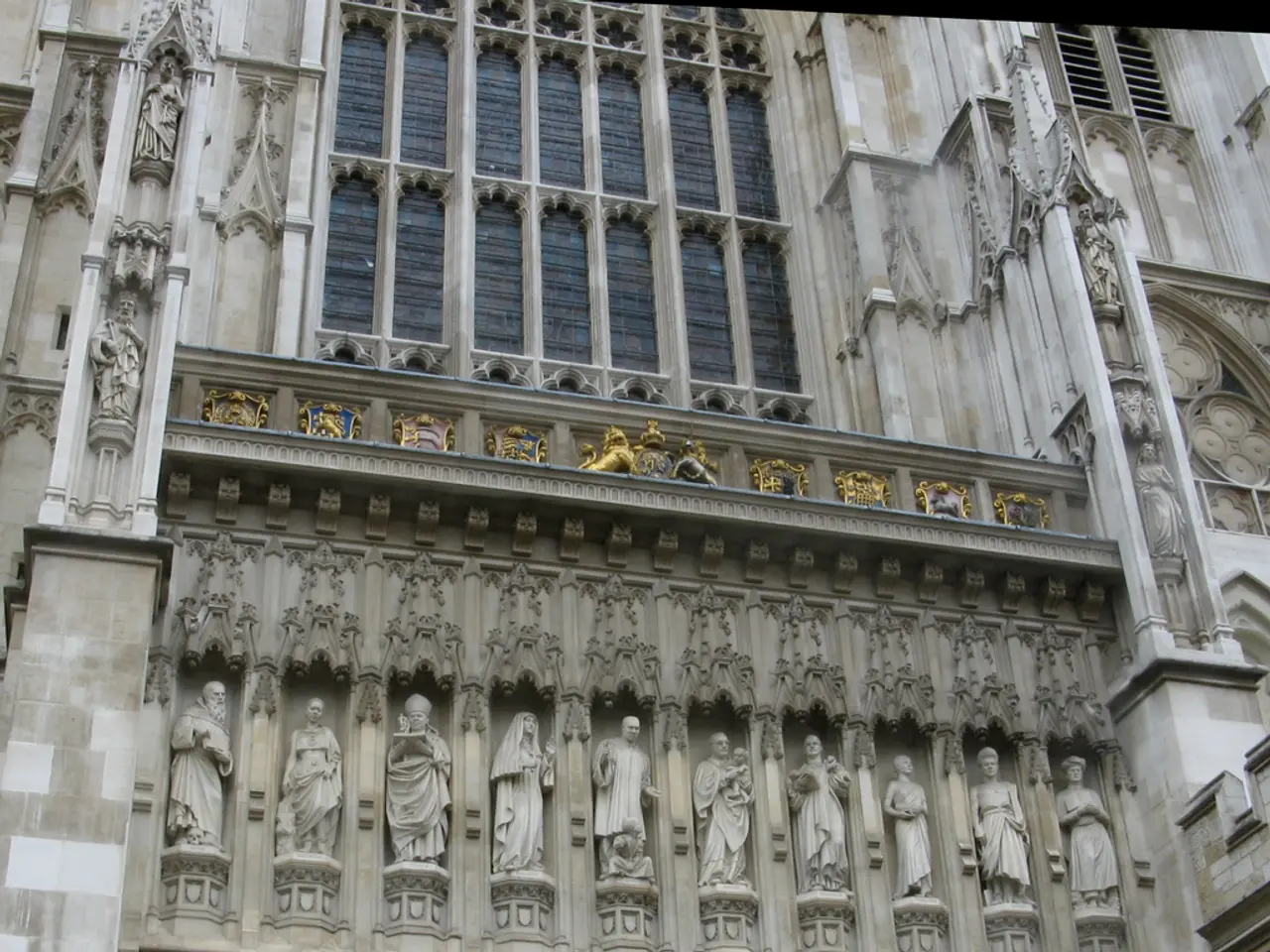"Experience astonishment and joy as you cross the threshold, for what lies before you is a modest row house transformed into a breathtaking Neoclassical masterpiece"
In the heart of Swansea, Wales, a modest 1910 end-of-terrace brick house at No. 631 Llangyfelach Road conceals an extraordinary neo-Classical interior that stands out for its scale and craftsmanship.
The architectural significance of this house lies in its unexpected grandeur and the deep knowledge of late-18th-century English architecture reflected in its design. This extraordinary interior was created by the owners, Royston Jones and Fiona Gray, who share a passion for the neo-Classical style, especially inspired by the work of James Wyatt, a leading architect of the Georgian period and George III's favourite.
Royston Jones's connection to grand Welsh estates and his childhood experiences at places like Heveningham Hall nurtured this interest, leading him to amass an archive of James Wyatt’s work, which influenced the house's interiors.
The house stands as a remarkable example of neo-Classical revival within a modest 20th-century terraced home, bridging historical decorative traditions from the late 18th century (specifically influenced by Wyatt's designs) with a contemporary and personal reinterpretation by its owners. It challenges conventional expectations about the relationship between a building’s exterior and interior architectural value and highlights an intimate engagement with English country house aesthetics adapted to a domestic scale.
The dining room features a ceiling inspired by Richardson's Plate 19, depicting a 'breakfasting room'. The main bedroom is based on an Irish ceiling designed by Robert Adam in 1771 at Headfort, Co Meath. Miss Gray's study is decorated based on a Wyatt design for the Supper Room of Curraghmore, Co Waterford, Ireland, but the ceiling and wall ornament were never executed.
The stair design came from the plasterwork of Belvedere House in Dublin, Ireland. Jones's first paid commission, undertaken with Fiona Gray as his assistant, was a model of the drawing room at Sledmere in East Yorkshire in 1985. The chimneypiece in the dining room is a design by Wyatt for Heveningham Hall but was never executed.
The elements of each scheme are modeled in plasticine or clay, and silicon rubber molds are used to cast the necessary pieces in plaster. The dining room and the small room for storing drawings and modelling equipment use an attractive pink, green, straw, porphyry, and white color palette.
The house at No. 631, Llangyfelach Road in Swansea, has been developing over a long period of time, with some rooms having several ceilings before the ones currently visible. Jones's work on the house has been ongoing, with him currently working on a model of the entrance hall to Heveningham Hall, featuring exquisite miniature chairs and interior details.
Giles Worsley wrote admiringly about Jones's first commission for our platform in March 1988. Jones had exhibitions in Savile Row, London W1, of watercolor designs by Wyatt in 1994, followed by another exhibition in Bond Street, W1, of interiors of English and Russian country houses in 2004.
In summary, No. 631 Llangyfelach Road in Swansea is a testament to the revitalization of architectural heritage and style from the Georgian era in unexpected domestic settings, reflecting scholarly and artistic appreciation rather than original period construction.
The neo-Classical interior of the house at No. 631 Llangyfelach Road in Swansea, created by Royston Jones and Fiona Gray, is a remarkable blend of historical decorative traditions from the late 18th century, specifically influenced by James Wyatt’s designs, with a contemporary and personal reinterpretation that aligns with their shared passion for the neo-Classical style. This unique interior design seamlessly integrates with their lifestyle, showcasing an extraordinary example of how one can reinvent the existing home-and-garden space to reflect an extraordinary interior-design vision.




